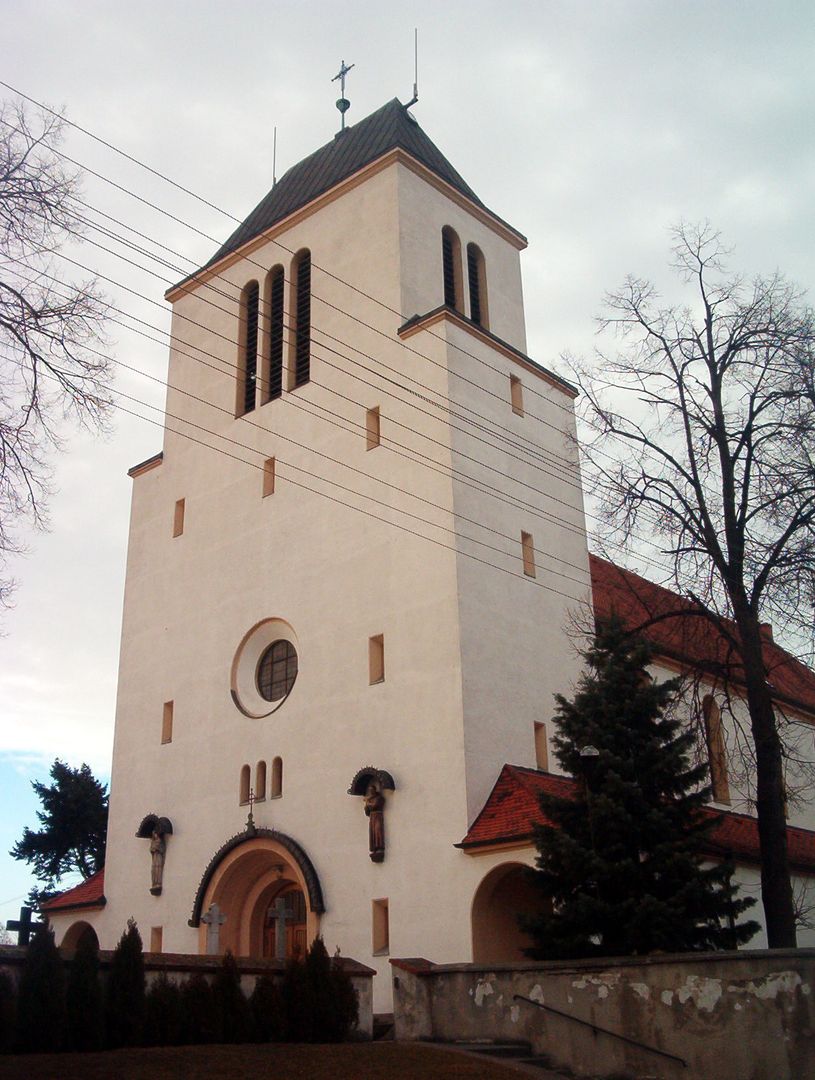Komprachcice
6.02

Overview
Komprachcice is a village in the Opole Voivodeship, serving as the seat of the municipality with a rich history dating back to the early 14th century. In its early history, the village was known as Villa Gumperti, and its name evolved through various forms, such as Comprachtschütz during the German period. Architecturally, the village is renowned for its parish church dedicated to St. Francis of Assisi, built in 1936, and an earlier wooden church from 1702, which was relocated to Ochodz. The parish cemetery features historic tombstones and a mass grave of victims of World War II. The history of Komprachcice is intertwined with the fate of Upper Silesia—the village played a key role as a suburban locality of Opole, gradually developing through the establishment of manors, mills, and sawmills. In the pre-World War II period, the population grew, and the village attracted investments and sporting activities, such as the achievements of local teams. Komprachcice witnessed dramatic events during the war, including the massacre of Polish workers in 1945. After the war, the village became home to various national groups, including Poles, Germans, and Silesians. Today, Komprachcice hosts diverse cultural events, such as the Religious Song Festival and the Folk Art Exhibition, promoting regional traditions and art. The village also plays a significant role in the military structure as the headquarters of the 91st Logistics Battalion. An interesting feature is the Polish-German road signs installed in 2010, which have attracted the attention of local residents.
Location
2025 Wizytor | All Rights Reserved